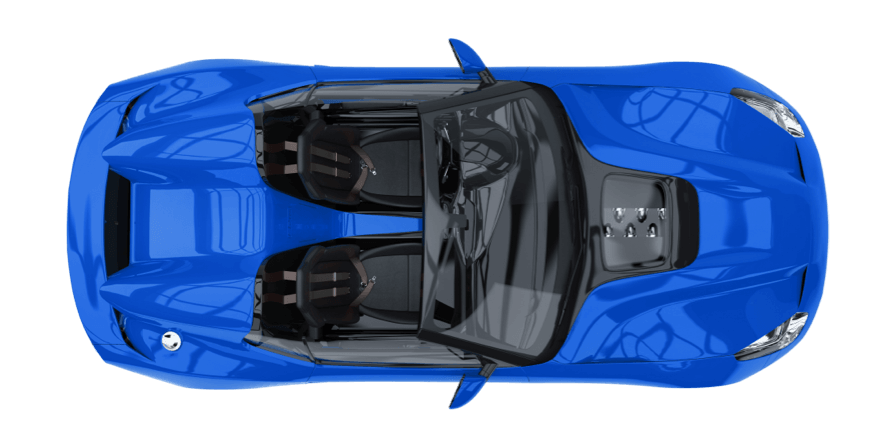The way to sell your car
5,000+ car dealers compete to give you their best price*. Find your highest offer and sell today!
recommends the Motorway way
Instant valuation
Our valuation tech uses live market data to estimate your car’s value accurately.
Get your highest price
We’ll find the dealer in our network who’ll pay the most, without the hassle.
Free home collection
Complete your sale in as little as 24 hours, with free collection & fast payment.†
Oh, and it’s 100% free
Dealers pay a fee to buy your car. That means it’s completely free for you.
Join 250,000+ people who’ve sold the Motorway way 😎
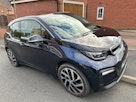
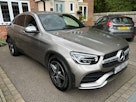







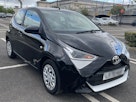

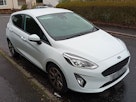


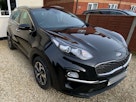
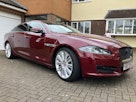
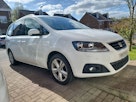
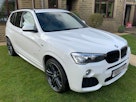
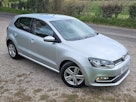
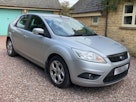

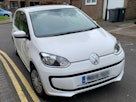

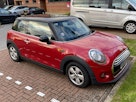

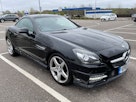

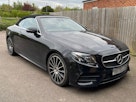
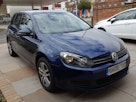

How it works
Rated ‘Excellent’ on Trustpilot with over 50,000 reviews
5,000+ verified dealers ready to buy your car




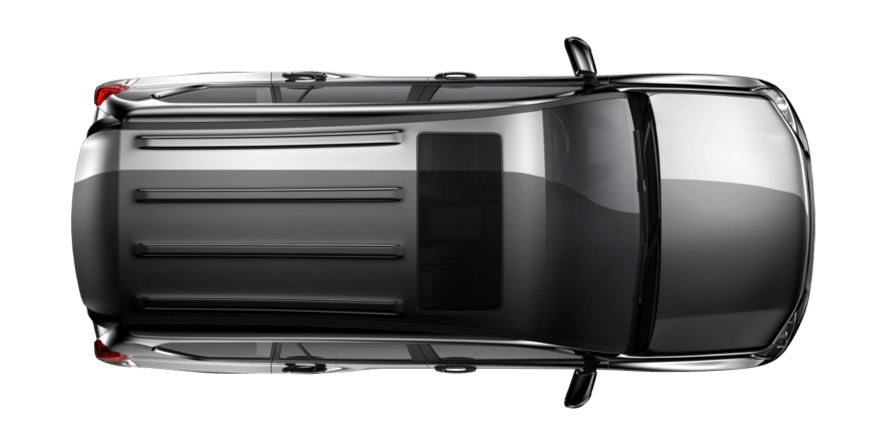
This is the way. This is the Motorway.
There are so many ways to sell your car that it can often feel overwhelming – so we created a better way to sell from home, that’s quick, easy, and completely online. This is the Motorway way!
Profile your vehicle and over 5,000 verified dealers will compete to give you their best price. You'll get the highest offer from our network, and the winning dealer will even collect your car for free, with fast payment.
It’s a simple, straightforward process that can be done right from your phone – and you can get a sale agreed in as little as 24 hours. Oh, and it’s 100% free!
No way? Yes way! Motorway – the way to sell your car.
